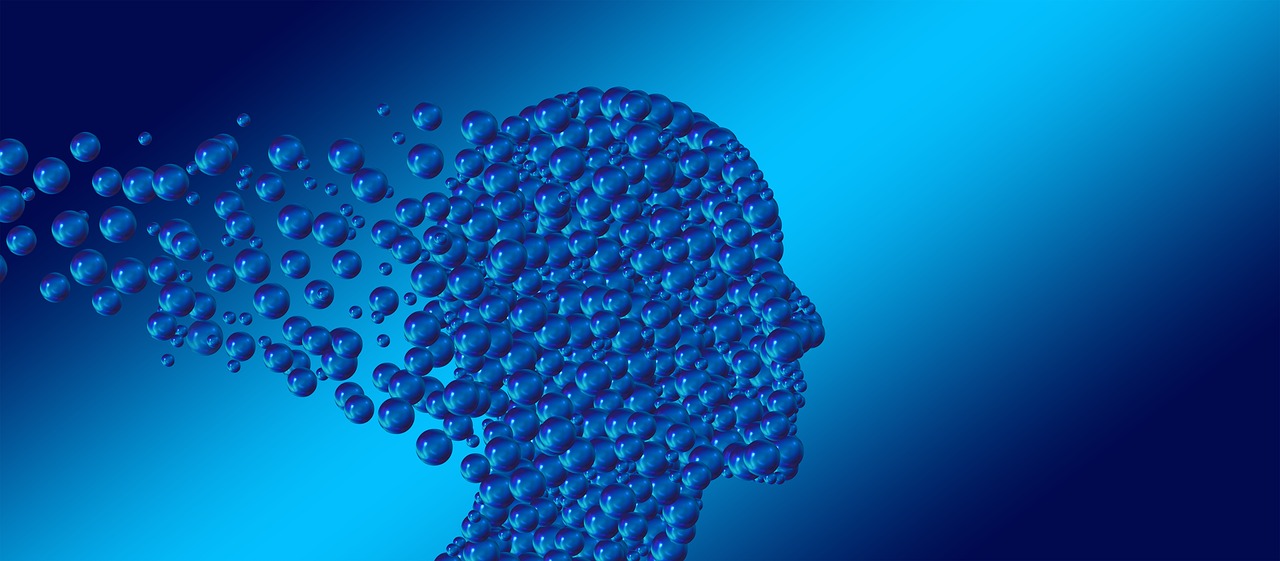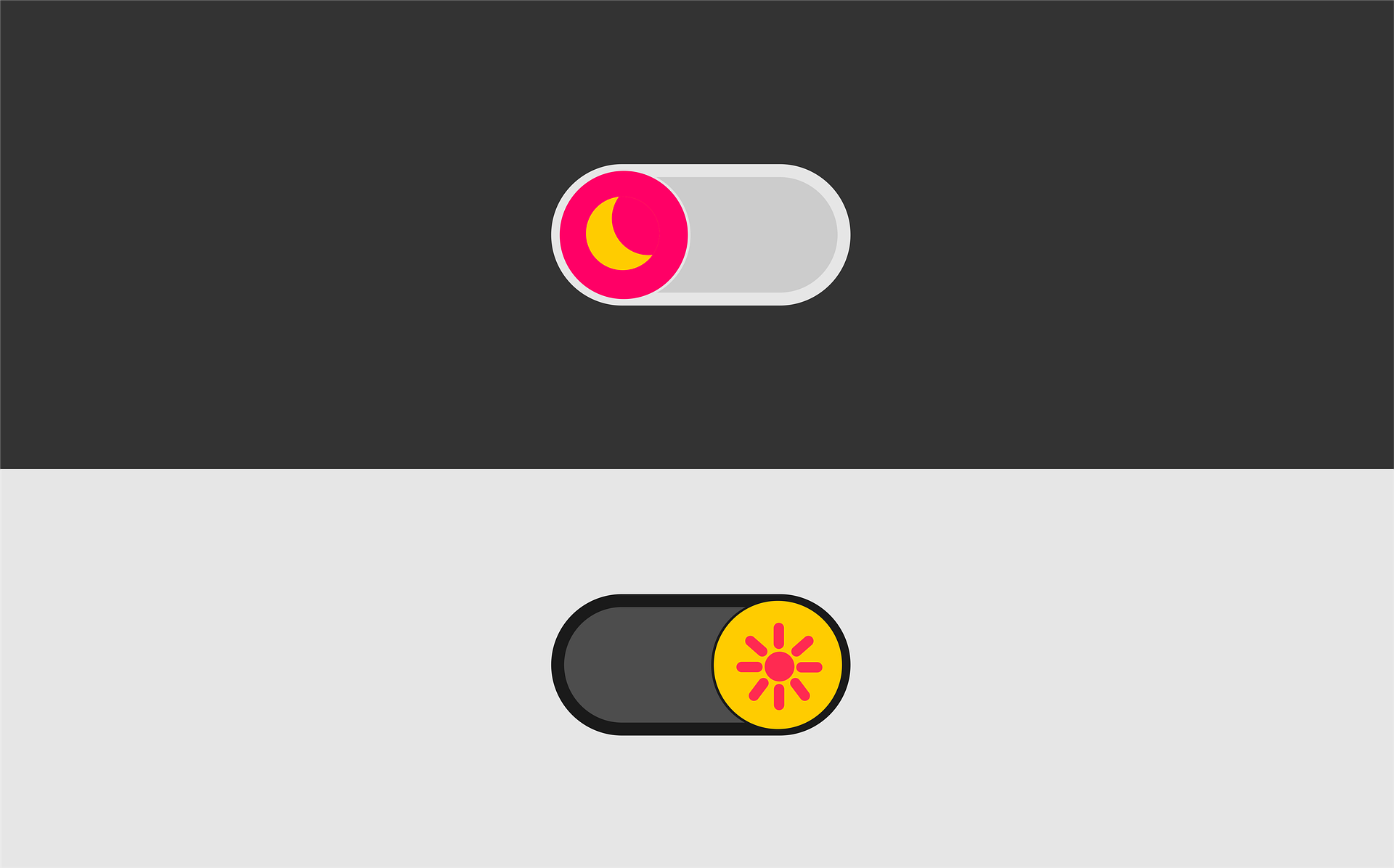

Technology has created an era of immediacy within our society: users expect their interfaces to give them immediate indicators that they are on the right track or their task has been completed. If users are unable to get that immediate feedback, they can become frustrated or abandon a task. Additionally, users like feeling engaged when they interact with an interface; rather than just interacting with a rigid interface. Creating small moments of interaction between the user and the interface helps to create an overall enjoyable user experience. How can this be accomplished through something so small that it does not take away from the overall interface? This is where microinteractions come into play.
The term microinteraction was originally coined by Dan Saffer in 2013 when he released his book, “Microinteractions: Designing with Details”, which explained the core concepts of a microinteraction as well as outlined the various ways to create microinteractions in an effective way. Ever since then, the term microinteraction has been continuously used by developers and designers alike; it has quickly become an important and even essential aspect of creating a successful user experience. But what exactly are microinteractions?
Microinteractions are small instances where the overall design and the user get to communicate with each other. As with any interaction, there is an action and a reaction. The user completes an action, whereas the microinteraction provides the immediate reaction to that action. The submit button turning to a checkmark, the typing indicator in a chat box, like buttons or animations, and the “pull-to-refresh” feature are all examples of microinteractions in operation. They are small and simple, often times the user does not notice they are there- until they are not.
These may seem unnecessary or extra additions at first, but these microinteractions have been proven to have a significant impact on users. Microinteractions have the purpose of communicating the status of a task and providing instant feedback. As well as helping users to see the immediate results of their actions. Microinteractions create a sense of engagement with what the user is interacting with; typing chat bubbles, a button that provides a little animation when clicked, these all help keep the user engaged in the task they are completing. It provides a sense of immediate gratification; the user knows that their task has been completed successfully. Additionally, it is a small moment between the user and the interface that seems genuine; it seems less mechanic and more organic. It’s a small touch that goes a long way in terms of creating an engaging or fulfilling user experience.
On the most basic level, microinteractions help to keep a user on track, as well as simply keep them entertained when engaging with an interface. As stated earlier, often times the user may not even notice a microinteraction even as they are completing it- this is actually good. This is because the whole point of microinteractions is that they are micro; they do not take away from the overall design of the interface, but rather enhance it in small ways. A good microinteraction should subtly enhance the overall user experience, not take away or distract from it.
Successfully utilized microinteractions can greatly improve the overall experience users will have when engaging with a specific interface. Microinteractions not only help users to understand the tasks they are completing but also add a sense of interaction, personalization, and honesty to an experience. It is important to carefully consider all aspects of a design or interface, no matter how seemingly small. All these small details help come together to create a positive user experience, often times without the user even realizing why or how.
READ MORE: What Does Responsive and Adaptive Design Mean?, How to Create Trust Through Digital Design, Accessibility in UX Design, The UX of Color










Comments
Add Comment